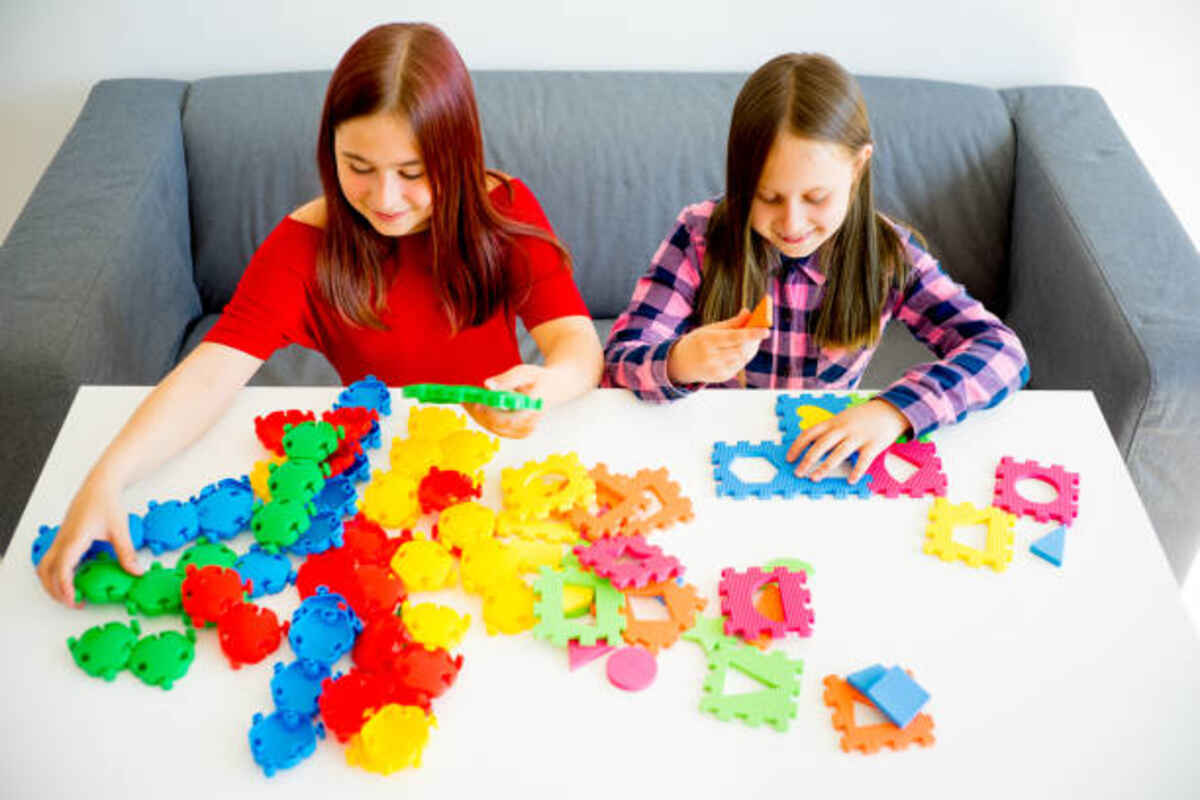Motor Learning is how individuals can alter their brains to react automatically in certain situations without thinking consciously. Motor learning is essential to an individual’s functioning and may help overcome problems like dressing, writing, or catching balls more easily.
Repetition
Repetition is an integral component of motor learning, moving skills from an awkward, cognitive stage through the stages to fluid, effortless movements. Clinicians must decide how much practice clients require, how sessions should be structured, and what types of feedback to provide during each phase of motor learning.
The amount of repetition needed will depend on the complexity and goal of a skill; for instance, learning a new phoneme or syllable structure from scratch will require more repetitions than already mastered ones. Furthermore, quality repetitions should also be considered essential; short, high-accuracy sessions produce more learning than extended episodes with variable accuracy levels.
Repetition can help minimize errors during the learning phase by practicing tasks with low levels of variation or receiving feedback on errors specific to specific performances. As contractions decrease within muscles involved in the movement, less energy is consumed to complete it, leading to tremendous success with fewer client attempts in any environment or condition.
Adaptation
Adaptation is one of the cornerstones of motor learning. This process enables us to adapt how we execute skills based on feedback from our environment; for instance, when wearing prism goggles while trying to reach a target, any discrepancies between actual arm position when running and visual perception are reduced through adaptation.
No one gives much thought to it, but we make a great effort to develop new motor patterns. This process can involve an intricate web of cells and circuits in our basal ganglia, including the neostriatum and cerebellum.
At first, there will be cognitive processing occurring consciously that requires guidance, such as reading an explanation or watching a video; sometimes, an instructor may demonstrate or show you some things directly. This phase is sometimes known as “faking it till you make it” since errors and variations exist at this stage of learning.
Once past this initial cognitive stage of learning a new movement, an associative phase ensues where activities are practiced without too much guidance, becoming more accurate and efficient as time passes (Marinelli et al., 2017). At this point, the power law of practice becomes evident as repetitions shorten the time required to perform a specific or series of tasks (or any number thereof).
Feedback
Motor learning relies on sensor feedback indicating whether movements are correct or incorrect. This information can come either from direct observation (i.e., seeing the result of the action) or indirectly through means such as mirrors, which provide visual feedback. Patients must know what types of feedback are effective early learning environments, while high-frequency feedback increases retention (Bruechert et al 2003).
Practice time is also an integral factor of motor learning. Short periods of intense practice tend to be more fruitful than massed sessions of longer duration, as learning a motor skill becomes enhanced through increasing repetitions per session while decreasing time per repetition – known as the “power law of practice.”
As part of learning, there can often be a trade-off between accuracy and speed for movements targeted towards specific targets (known as Fitts’ Law). With practice, however, the rate usually increases alongside accuracy – for instance, Joan may initially produce slow arm movements as she attempts to guide it through her shirt sleeve but may eventually increase speed and improve her ability in this task.
Motivation
Motor learning refers to any long-term change in one’s ability to perform a skill, in contrast to performance, which refers to carrying out said skill. Motor learning works similarly to water: when temperatures drop, water molecules undergo irreversible transformations into ice molecules – motor learning also requires long-term changes as it involves internal representations of movement, which take time for change to take effect.
Motivation is central to successful practice. A more motivated learner will dedicate more practice, accelerating progress through cognitive and associative stages of learning faster. By contrast, those less motivated may struggle to see similar progress during these phases – in fact, they may lose ground altogether!
Motivation alone is not enough; practice itself must also be carefully considered. Studies have revealed that repeated, blocked practice leads to slower learning than varied practice due to strengthening synaptic connections within the brain necessary for proficiency in new skills. Therefore, practicing it across various environments and positions is more beneficial.
Overall, various elements influence motor learning; repetition and feedback are the two most crucial. Whether you aim to increase the smoothness of movement or accuracy of execution, don’t give up and stick with it; remember that it may be more efficient to concentrate on one element at a time than trying to master it all at once.


